Rik Zang on The Sixth Commandment
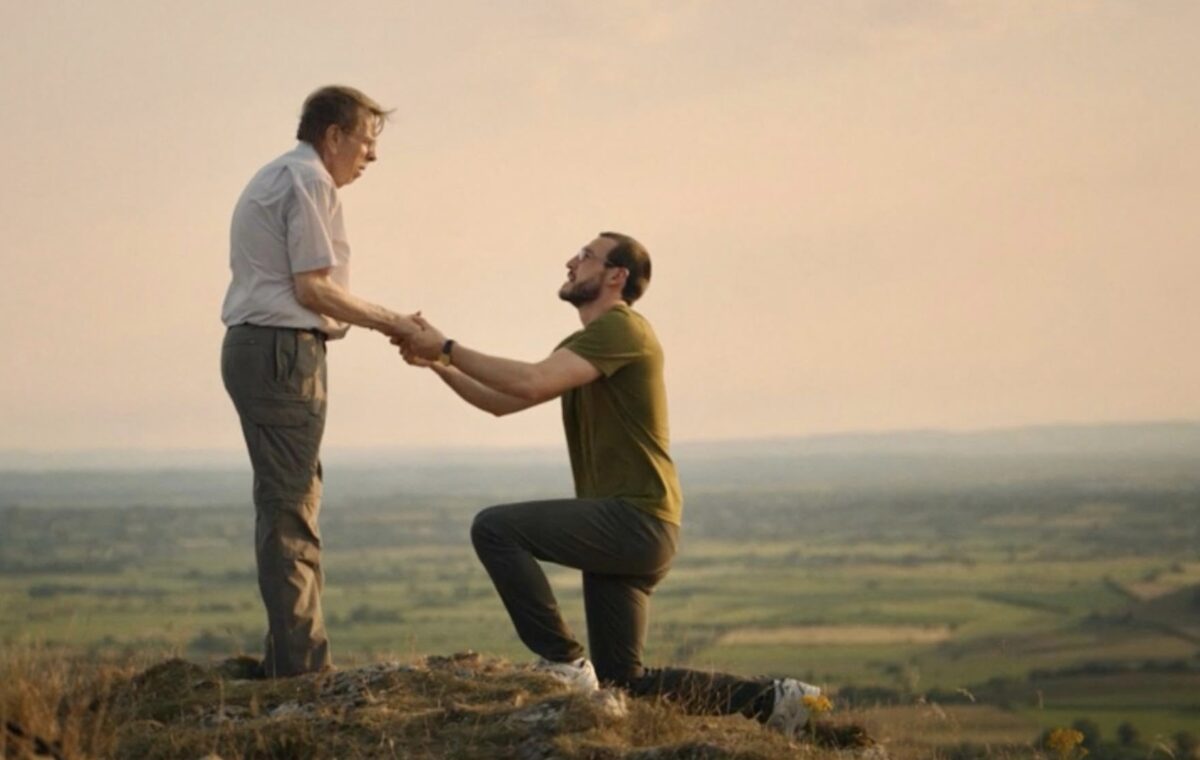
The Sixth Commandment is four-part BBC drama detailing the murders of Peter Farquhar and Ann Moore-Martin and the aftermath and painstaking investigation that follows. Expertly captured by DP Rik Zang, The Sixth Commandment is available to stream on BBC iPlayer.
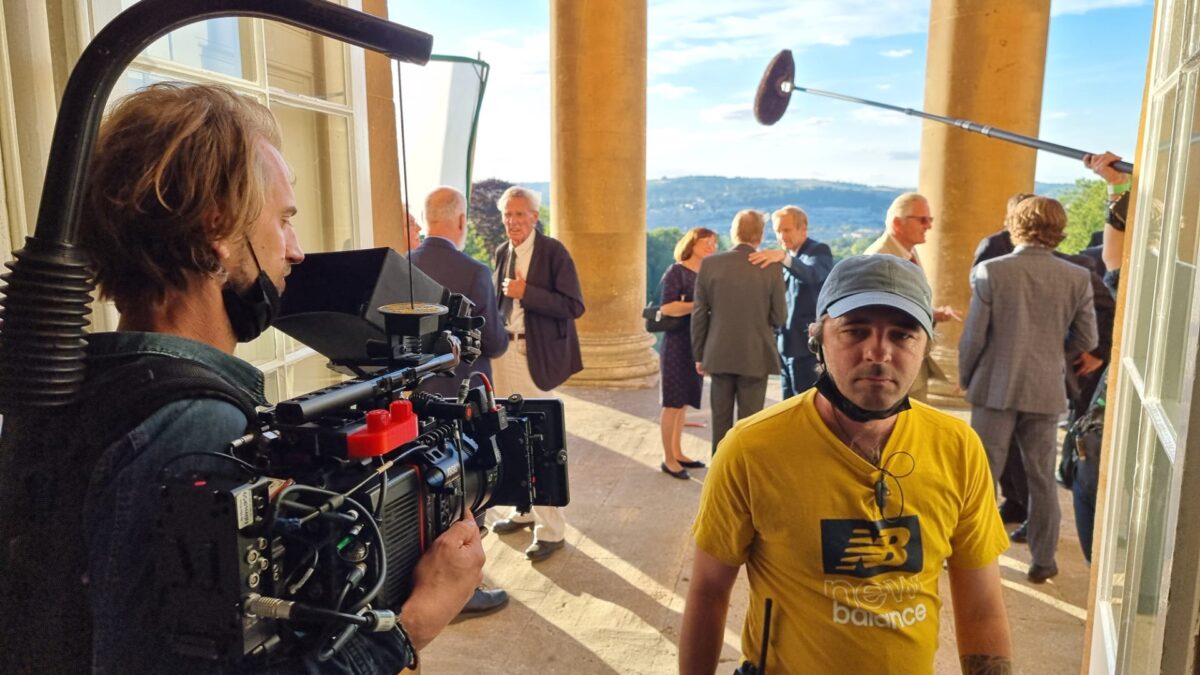
Where did you train as a cinematographer?
I went to RITCS, a film school in Brussels, Belgium in 2004. I’ve been back to give masterclasses. It’s a really good film school. I grew up in Belgium, trained there and started out there. I started out doing short films and music videos, then I got a chance to shoot commercials and from there it grew and I started shooting abroad. I have an agent in London and LA, and it changed a lot as I started shooting everywhere and got some international jobs. At this point, I’m mostly shooting internationally and that evolved naturally. That’s my background.
Who are your DP heroes/inspirations?
In my third year at film school we had a masterclass from Walther Vanden Ende, who is a really good Belgian DP. I got really inspired by him as he showed us what cinematography really is and what you can do with it and how you can tell a story and how you can use it to tell emotions and use it in a beautiful way, or a dark, moody way. You can use cinematography in different ways to translate emotions. If someone is feeling sad, or happy then there are different ways of approaching a scene. In that sense, that’s where the initial spark came from. He gave us some simple assignments and research. He told us to rip out photos from magazines that inspire you. It was also an assignment for school. That’s where it really began and he was the first DP that really inspired me. So, I felt that that was my path. In school I didn’t know all of the names of DPs. I was just watching movies, but from there it just progressed and there were lots of inspirational DPs along the way. The bigger names like Hoyte van Hoytema, Roger Deakins, Harris Savides, Bradford Young and Robert Elswit are inspirations also.
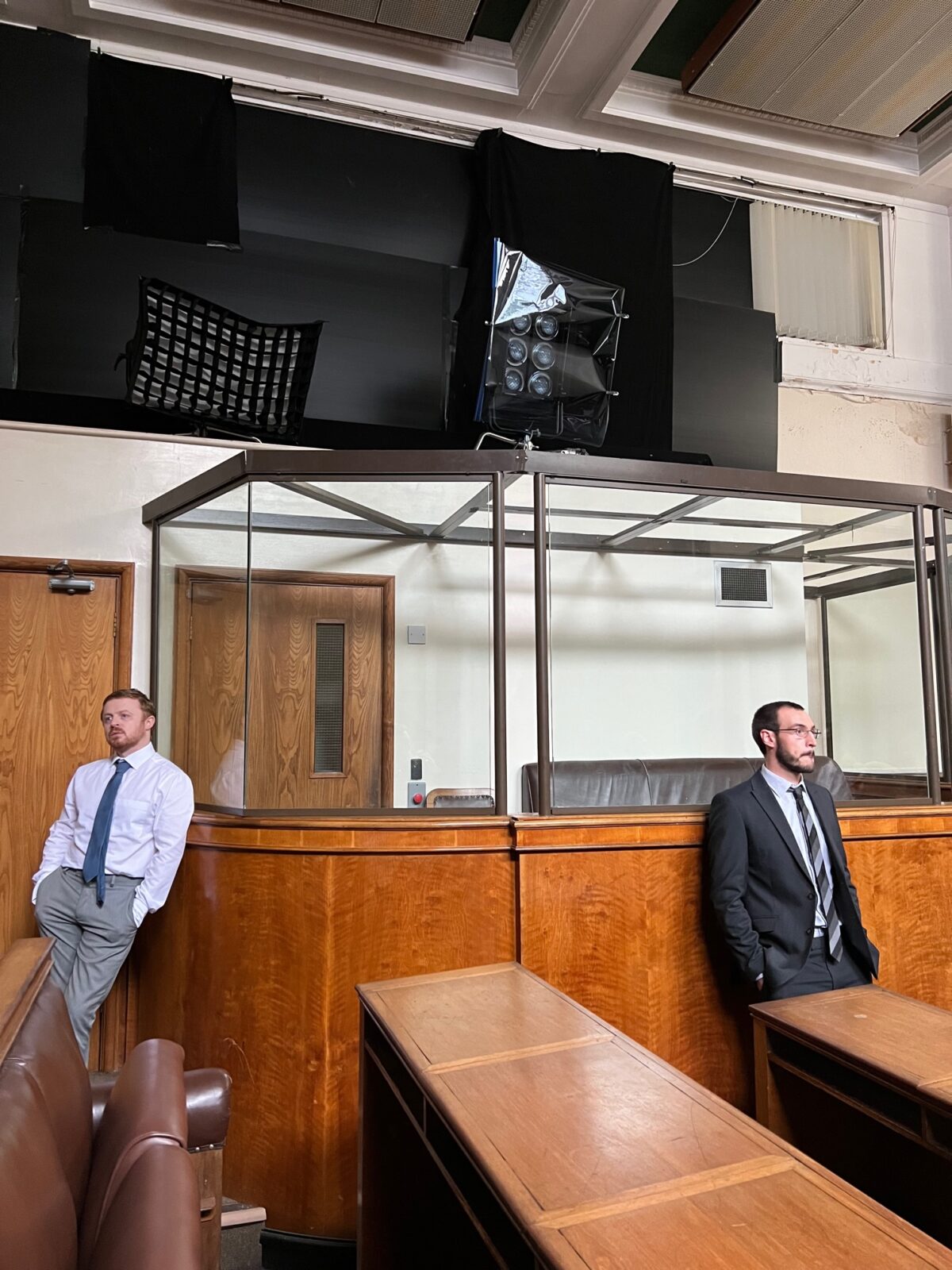
How did you first get involved with The Sixth Commandment?
They reached out to my agent Lux, in London. Then I got the script and I thought it was really interesting because it’s a mix of a love story, drama and thriller story. The contents of this 22 year old psychopath that seduces old people and starts poisoning them, changing their worlds and eventually killing them. It’s a very captivating story. I got script one and two and only read those ones, but I was really interested from the get-go. Then I had my first interview with the director Saul Dibb and we talked about life in general and how we see the world. If you are going to shoot with a director, you want to make sure how you talk and feel about the script is similar, as well as your visual approach. That’s how I approach a project mostly now because when you work together it just important if you are creatively on the same line. We talked about the script and his specific approach as to how he wanted to shoot it. He wanted it to feel almost like a documentary because he wanted to stay close to the story.
He had very specific ideas from the beginning. He only wanted to use natural light, for example. I have shot a lot with natural light, so that’s part of my style and why I think he connected with my work. The blocking can help in that, using the natural light in anice way. There are lots of scenes in bedrooms, living rooms and kitchens in the victims’ houses. So, I knew we were going to shoot by windows and we talked early on about staging people by windows so we don’t have to light the whole room.
So, we were smart about blocking and where we placed the characters. We added curtains/sheers so we could control the natural light because Saul wanted to be very free in his shooting, using a variety of angles and he didn’t want to have the reset times of shot-reverse shot like a classic shoot. He wanted to spend as much time as possible with the actors rehearsing and shooting. He didn’t want to have the whole machine. That was his approach with every department. He wanted to have something small and no big machine, but invest more time on set shooting and creating and getting the scenes at the highest level we could.
So, we had those conversations and we spoke about movies we like. He had some reference movies and some time passed and after the second interview we spoke more specifically about approaching scenes. I wanted to make sure that his vision would work in our production set up and how we would achieve it.
Did you look at any creative references?
Saul is a big fan of Jean-Marc Vallée and he mentioned Sharp Objects and Dallas Buyers Club. He also mentioned the French movie, Rust and Bone and we are both fans of Jacques Audiard. Sharp Objects was a big reference in the natural approach, using the daylight and practicals. In that sense it was very specific. You can have millions of references, but those were the main ones. I researched specific things from different movies. For every scene I had references colour wise, or light wise or a certain mood reference.
My references for the courtroom scenes were from When They See Us because of how they approached the courtroom in a nontraditional way, using very interesting angles to make it story and visually interesting. One other inspiration we looked at, I’m a big fan of Paul Thomas Anderson and other classic filmmakers where they use one shot and the shot evolves. There are a few specific shots we did like that. In episode two when the cleaning lady finds Peter dead on the sofa, she comes in and that whole shot is a one-taker. It looks really simple, but that was part of Saul’s approach. To get all of those elements right takes time.
Could you discuss the research process? Did you look at police interviews, filesand footage, etc…
We found out more and more as people shared more information with us during prep.Through research and from production we got more and more information. Saul saw a lot of the police investigation. Sarah Phelps who was writing the script was very close with Saul and it was a very close collaboration. The extensive work from the art department, such as Ben’s notebook, how he lived, etc… was all based on reality of his life and gave us so much inside on his character. We only had five weeks of prep, so I couldn’t dig that deep into that part as I had to focus on other things like locations, prep with art department, going through the scenes with the director, it was more discovering along the way because the story became a part of our life We discovered how deep and immense this story was.
We only told the story of two victims, but there were hundreds. It was insane what Ben did and the extent of it. There was also a documentary about him and the events and so production sent me that early on. That was a big inspiration in that sense because some of the police interviewed in the documentary were actually involved and were also advisers on the set. So for boardroom talks with the police we had advisers as Saul wanted the approach to feel real. Saul would even ask staff at the hospital if those scenes were accurate. We really wanted the inside of this case.
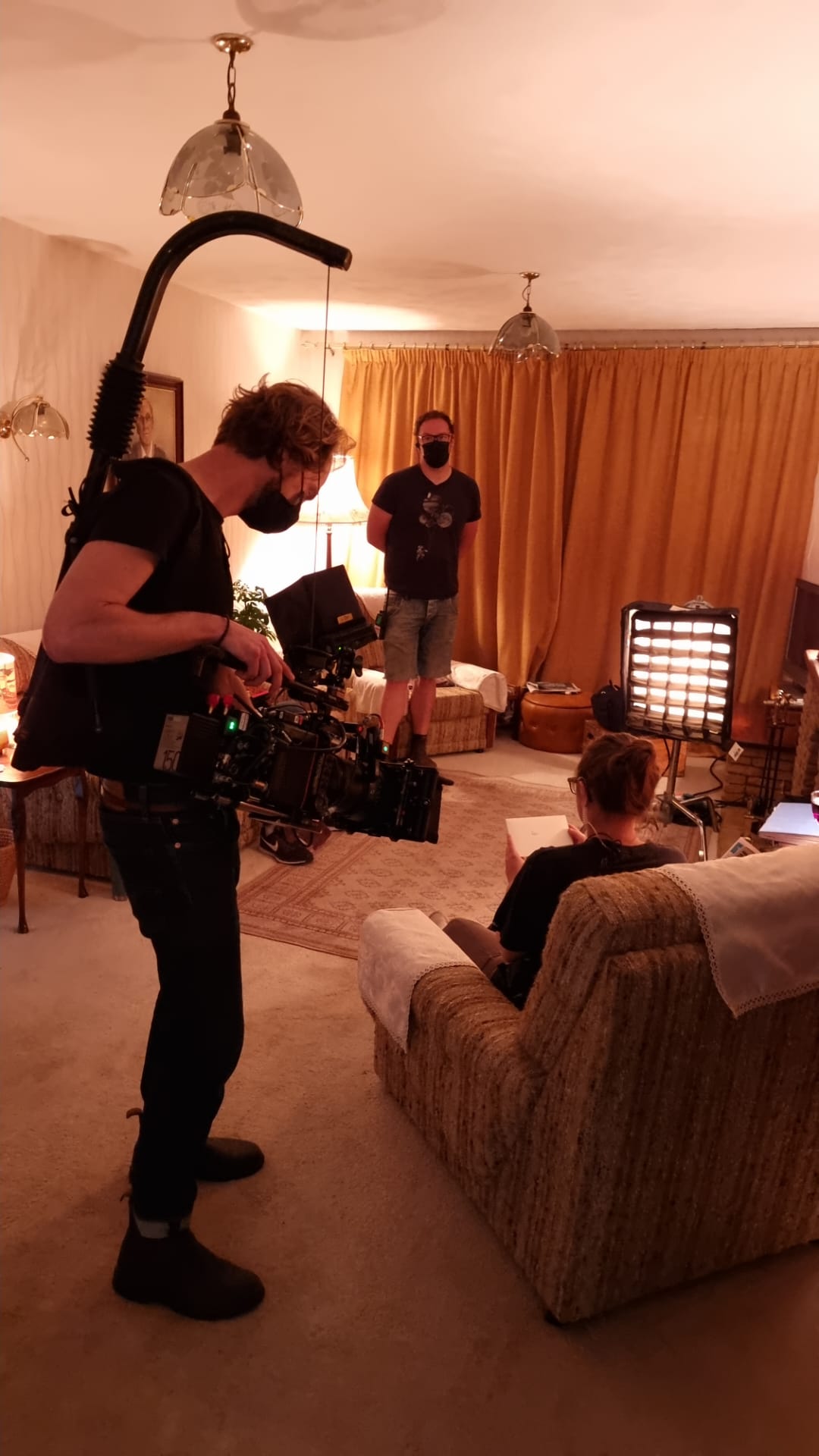
Could you discuss your approach to incorporating Ben Field’s camcorder footage into the story?
That was where the director, actor and myself collaborated. I’ve seen parts of Ben Field’s actual footage. Eanna Hardwicke, the actor playing him saw a lot of it. We knew that Ben had filmed all this footage himself and so we decided that Eanna should also film this footage in character as he was playing Ben and being Ben, so he would understand how to shoot this. That’s how we filmed it and so it was as true as in reality. There was so much evidence in the video recordings and notebooks, so we had that to work from. We even used a similar camcorder from that era he used.
Each episode centres on a focal character. Could you discuss the approach to capturing each character’s story?
It’s four different movies in a sense. The first is Peter’s story, the second is Ann, third is the police investigation and then the fourth is the trial. That was the breakdown and in that sense our approach was focusing on all those separate elements. I would say one and two were very emotional as you are telling Peter and Ann’s stories and then the final two are more the facts and information. It’s also emotional of course because you’re seeing the cruel, horrific story layed out in front of you.
Saul comes from a documentary background, so we wanted to feel real in that sense and that was part of the approach. We basically wanted to shoot everything on 35mm as those are the lenses close to reality and what we see. That was a big part of the technical style. We went large format in the end though as we still wanted a visual experience. It was real, but also cinematic and we used that combination and that was interesting to us. In terms of lenses, most of the shots were 47 and when we went closer it was 58. So, there is the camera approach, natural lighting approach and then the other approach was portraying these people and their feelings. We really wanted to portray their lives.
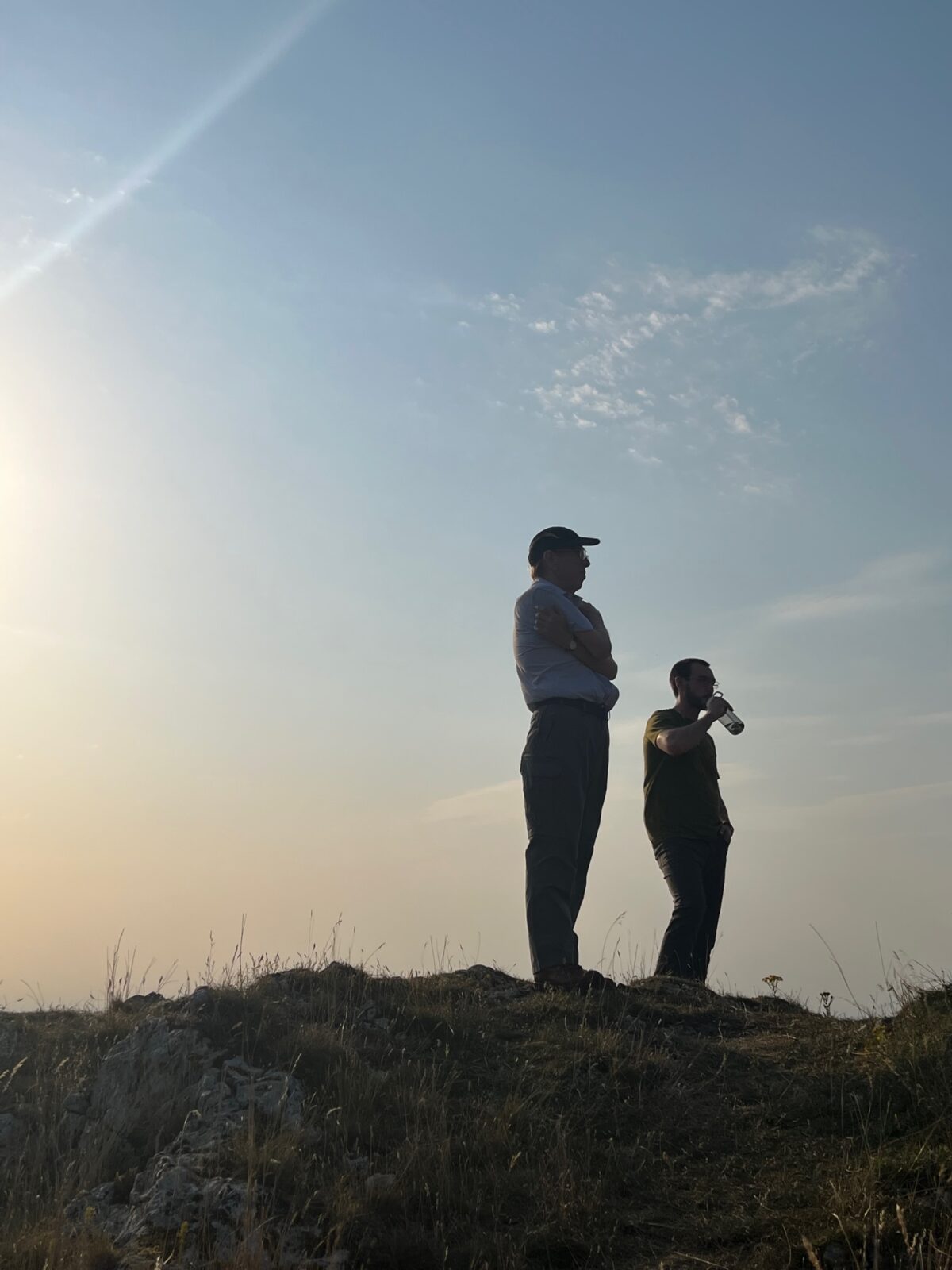
How long was the duration of the shoot?
We had sixty days of shooting, an average of 15 days for each episode.
What did you enjoy most about working on the series?
For me it was constructing the scenes and putting them on screen and feeling goosebumps while shooting as you are telling a story that is both real and horrific. At the same time it’s a beautiful story about Peter and Ann and so it’s mixed emotions. Capturing that tragedy touched me the most.
Peter’s family also visited the set and that was a very touching moment because when we filmed it, we felt that we are involved in telling Peter’s story. That is something that is the most valuable. Peter’s family are actually in the final episode, in the last scene in the café. They are in the background. Ann’s niece was there also.
By Oliver Webb
